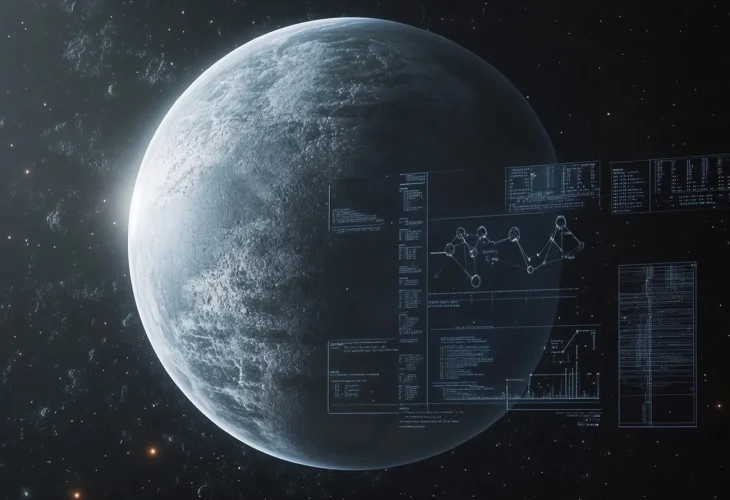Is There Really Life on Another Planet? Separating Headlines from Reality
The discovery on planet K2-18b, located 124 light-years from Earth, was hailed as a groundbreaking find. It involved chemical compounds identified in the planet's atmosphere, often considered potential signs of life. But is this conclusive evidence?

Over the past month, headlines have buzzed with excitement: "Signs of Life Discovered on Distant Planet," "Definitive Proof." Really?
We're talking about the exoplanet K2-18b, located 124 light-years from Earth. These reports were presented as a remarkable achievement, especially given the chemical compounds detected in the planet's atmosphere, typically seen as potential signs of life. Yet, is this conclusive proof? The answer is: absolutely not. While we may love catchy headlines, the gap between these claims and reality spans light-years as well.
Scientists from Cambridge University utilized the advanced James Webb Space Telescope, one of the leading tools in space research, to examine the atmosphere of K2-18b. During their analysis, they identified two unusual chemical compounds: dimethyl sulfide (DMS) and dimethyl disulfide (DMDS). These compounds are common in Earth's ocean systems, mainly produced by living organisms such as marine phytoplankton. Because of this, these compounds are viewed as potential "signs of life," suggesting, perhaps, life on a distant planet.
Yet, despite these intriguing findings, it's crucial to understand there's still no unequivocal proof of life. First, a reliability level exceeding 3-sigma is necessary to confirm that the data isn't due to statistical noise. At this level, there's a 0.3% chance that the result isn't accurate, meaning there's a small possibility the signal detected was merely an error or noise. Signals from such vast distances can easily present as chemical structures due to even the smallest deviations. The identification lacks solid evidence.
Secondly, no additional compounds expected to be present if DMS was truly in the atmosphere were found. Normally, other chemical compounds related to biological cycles should appear, but they weren't detected. This raises doubts about the conclusions that could be drawn from the existing findings.
Despite media reports, the researchers themselves emphasize that the discovery does not provide definitive evidence of life. Scientists point out that these chemical compounds might have formed through non-biological, chemical processes, not necessarily by living organisms. The signs found could be the result of natural chemical processes occurring in the planet's atmosphere, unrelated to life.
Additionally, independent analyses of the data failed to replicate the results, raising further concerns about the findings' reliability.
In conclusion, public recognition of "signs of life" on K2-18b remains speculative without evidence. The scientists conducting the research themselves state that more data, requiring time and additional technological capabilities, is needed to confirm or refute this theory. For now, the discovery of these chemical compounds is an interesting find but far from proof of extraterrestrial life.
The ease with which we repeatedly discuss potential life beyond Earth stems from the belief that the world was created by chance. Therefore, there's no reason life should exist solely in one place, and it's assumed life might be elsewhere. Whenever a sign emerges that might represent a habitable environment, headlines proclaim "signs of life," "possibility of life." The miracle of life in our world isn't explained by random formation, so there's no reason to expect signs of life anywhere in the universe unless the Creator willed it and created living creatures there.

